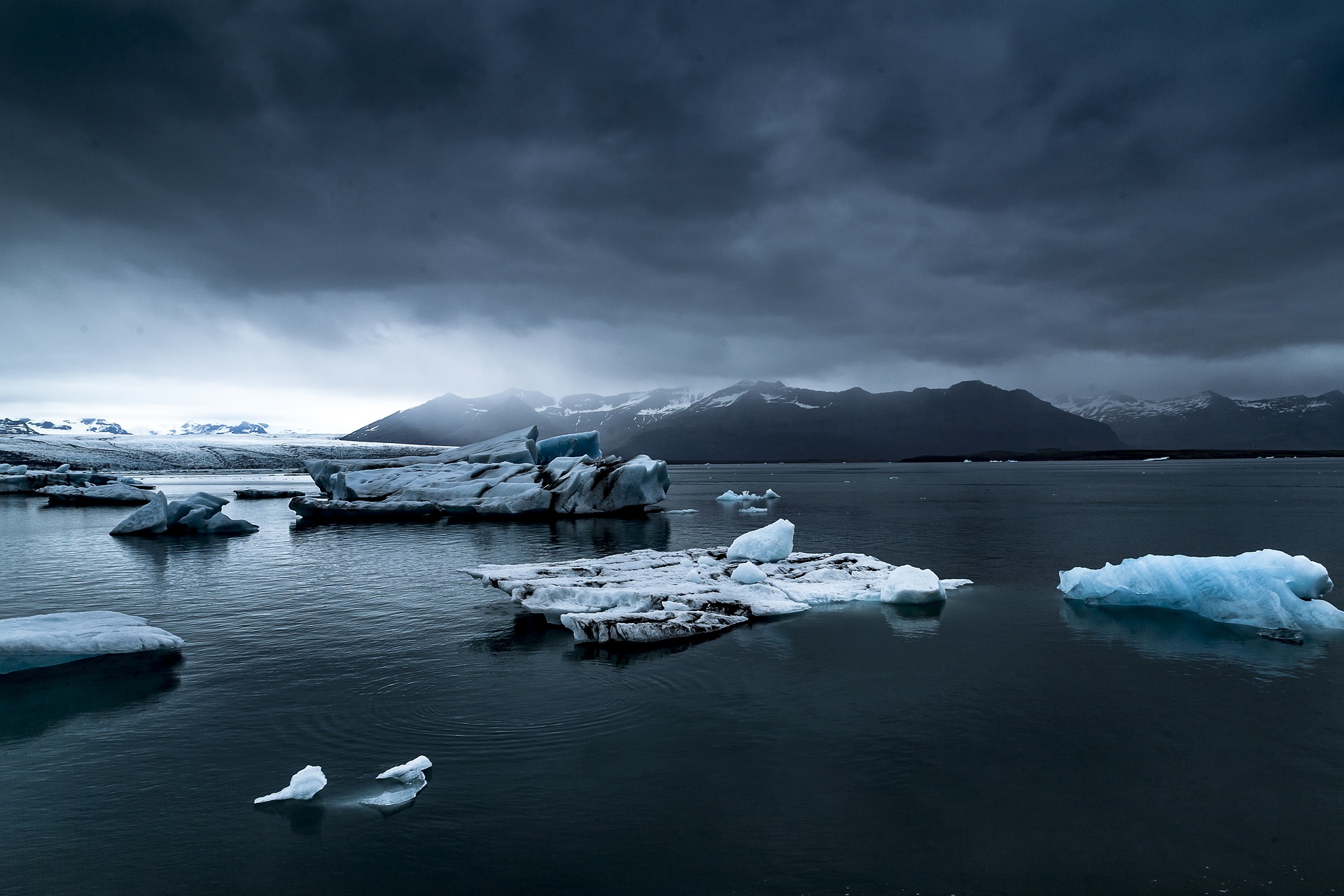About 20,000 years ago, a blink of an eye in geologic time, the Earth was in an Ice Age. Huge parts of the planet were covered in ice sheets up to a mile thick. About 15,000 years ago, the ice sheets began to melt, and the driver of this process, known as deglaciation, was rising atmospheric CO2 levels.
The first study documenting that deglaciation is linked to increased levels of atmospheric CO2 was published in the early 1980s, yet the underlying driving mechanisms remain unknown more than 30 years later. University of Connecticut Department of Marine Sciences professor David Lund has received $379,000 from the National Science Foundation to study the role of the Atlantic Ocean circulation in storing and releasing carbon, addressing this significant knowledge gap.
During the last deglaciation, the Atlantic circulation changed, allowing CO2 to be released in the atmosphere. This in turn drove the melting of continental ice sheets. In particular, the Atlantic meridional overturning circulation (AMOC) is thought to play a key role in mediating CO2 levels. The AMOC is a system of ocean currents that move warm, salty water north, and colder, deep waters south.
It has long been known that weakening of the AMOC cools the North Atlantic and causes the tropical rain belts to migrate southward. But the AMOC also appears to influence biological productivity of organisms that live in the ocean, which reduces the ocean’s ability to store carbon.
Typically, microscopic plants in the surface ocean absorb nutrients and CO2 from the surrounding water. When they die, they carry the carbon into the deep ocean, which causes CO2 levels in the surface ocean and atmosphere to be lower. This process is known as the biological pump because it pumps carbon from the atmosphere into the deep ocean.
Weakening of the AMOC disrupts the biological pump by limiting nutrients in the surface ocean, resulting in less biological productivity and therefore less movement of carbon from the atmosphere to the deep ocean. By studying the role of the AMOC in past climate changes, Lund and his colleagues will be able to better understand the implications of a weakened AMOC due to future man-made climate change.
“Our work will help unravel the drivers of climate change in the geologic past, which are key for understanding the human influence on the Earth’s climate system,” Lund says.
Lund and his team will test the hypothesis that the weakening of the AMOC is a regular feature of deglaciations. They will also look at how Antarctic Bottom Water promotes the sequestration of carbon in the oceanic abyss during glacial periods.
Lund received his Ph.D. from the MIT-Woods Hole Oceanographic Institution Joint Program in Oceanography. His fields of study include paleoclimatology, paleoceanography, and biogeochemical cycles. His research focuses on understanding the role of the ocean circulation in the global cycles of water and carbon.
This project is NSF grant No. 180439.



